Heads up – Massive Sports Tech Holiday Deals List is Live!!! The Garmin Fenix 8 is $250 off (even the Fenix 8 Pro is $100 off!), the Apple Watch Ultra 3 is on sale, the Garmin inReach Mini 2 is $249, the GoPro Hero 13 Black, DJI NEO, and a ton of other brands/deals, including Wahoo, Oura, Whoop, Polar, Samsung, Google, and more than 100 sports tech deals here!
I’m DC RAINMAKER…

I swim, bike and run. Then, I come here and write about my adventures. It’s as simple as that. Most of the time. If you’re new around these parts, here’s the long version of my story.

You'll support the site, and get ad-free DCR! Plus, you'll be more awesome. Click above for all the details. Oh, and you can sign-up for the newsletter here!
Here’s how to save!
Wanna save some cash and support the site? These companies help support the site! With Backcountry.com or Competitive Cyclist with either the coupon code DCRAINMAKER for first time users saving 15% on applicable products.
You can also pick-up tons of gear at REI via these links, which is a long-time supporter as well:Alternatively, for everything else on the planet, simply buy your goods from Amazon via the link below and I get a tiny bit back as an Amazon Associate. No cost to you, easy as pie!
You can use the above link for any Amazon country and it (should) automatically redirect to your local Amazon site.
While I don't partner with many companies, there's a few that I love, and support the site. Full details!

Want to compare the features of each product, down to the nitty-gritty? No problem, the product comparison data is constantly updated with new products and new features added to old products!

Wanna create comparison chart graphs just like I do for GPS, heart rate, power meters and more? No problem, here's the platform I use - you can too!

Think my written reviews are deep? You should check out my videos. I take things to a whole new level of interactive depth!

Smart Trainers Buyers Guide: Looking at a smart trainer this winter? I cover all the units to buy (and avoid) for indoor training. The good, the bad, and the ugly.
-
Check out my weekly podcast - with DesFit, which is packed with both gadget and non-gadget goodness!

Get all your awesome DC Rainmaker gear here!
FAQ’s
I have built an extensive list of my most frequently asked questions. Below are the most popular.
- Do you have a privacy policy posted?
- Why haven’t you yet released a review for XYZ product you mentioned months ago?
- Will you test our product before release?
- Are you willing to review or test beta products?
- Which trainer should I buy?
- Which GPS watch should I buy?
- I’m headed to Paris – what do you recommend for training or sightseeing?
- I’m headed to Washington DC – what do you recommend for training?
- I’m from out of the country and will be visiting the US, what’s the best triathlon shop in city XYZ?
- What kind of camera do you use?
-
5 Easy Steps To The Site
In Depth Product Reviews
You probably stumbled upon here looking for a review of a sports gadget. If you’re trying to decide which unit to buy – check out my in-depth reviews section. Some reviews are over 60 pages long when printed out, with hundreds of photos! I aim to leave no stone unturned.
Read My Sports Gadget Recommendations.
Here’s my most recent GPS watch guide here, and cycling GPS computers here. Plus there are smart trainers here, all in these guides cover almost every category of sports gadgets out there. Looking for the equipment I use day-to-day? I also just put together my complete ‘Gear I Use’ equipment list, from swim to bike to run and everything in between (plus a few extra things). And to compliment that, here’s The Girl’s (my wife’s) list. Enjoy, and thanks for stopping by!
Have some fun in the travel section.
I travel a fair bit, both for work and for fun. Here’s a bunch of random trip reports and daily trip-logs that I’ve put together and posted. I’ve sorted it all by world geography, in an attempt to make it easy to figure out where I’ve been.
My Photography Gear: The Cameras/Drones/Action Cams I Use Daily
The most common question I receive outside of the “what’s the best GPS watch for me” variant, are photography-esq based. So in efforts to combat the amount of emails I need to sort through on a daily basis, I’ve complied this “My Photography Gear” post for your curious minds (including drones & action cams!)! It’s a nice break from the day-to-day sports-tech talk, and I hope you get something out of it!
The Swim/Bike/Run Gear I Use List
Many readers stumble into my website in search of information on the latest and greatest sports tech products. But at the end of the day, you might just be wondering “What does Ray use when not testing new products?”. So here is the most up to date list of products I like and fit the bill for me and my training needs best! DC Rainmaker 2024 swim, bike, run, and general gear list. But wait, are you a female and feel like these things might not apply to you? If that’s the case (but certainly not saying my choices aren’t good for women), and you just want to see a different gear junkies “picks”, check out The Girl’s Gear Guide too.

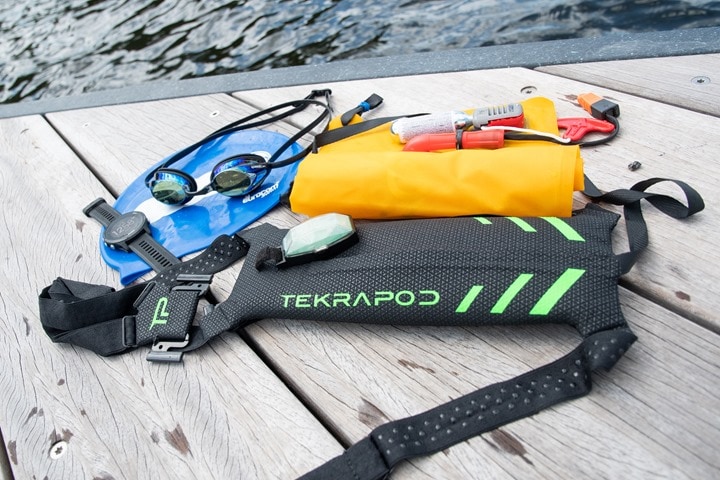
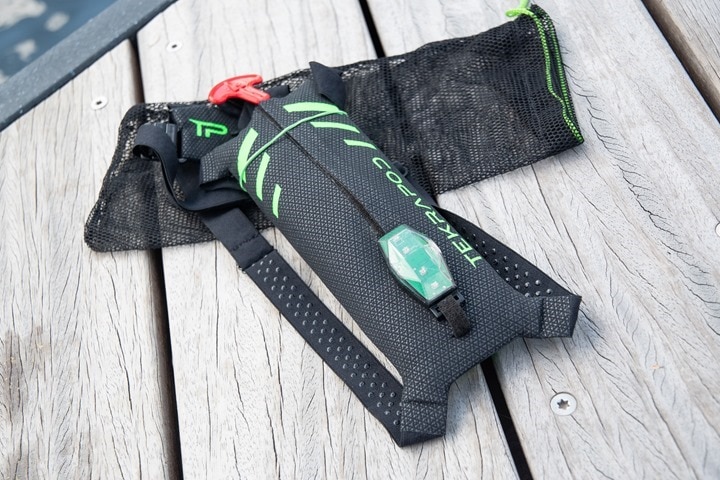
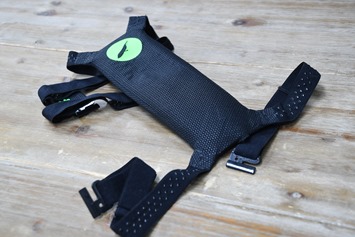
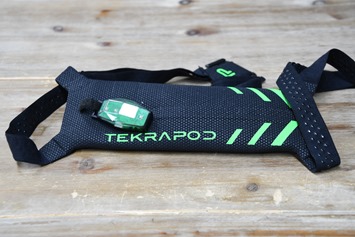
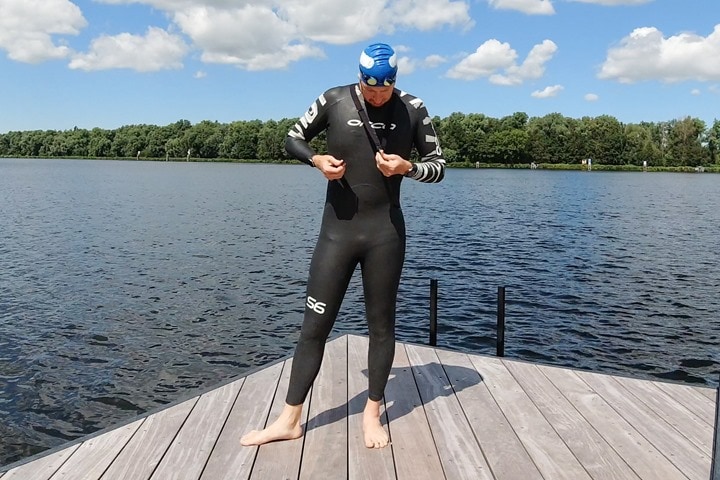
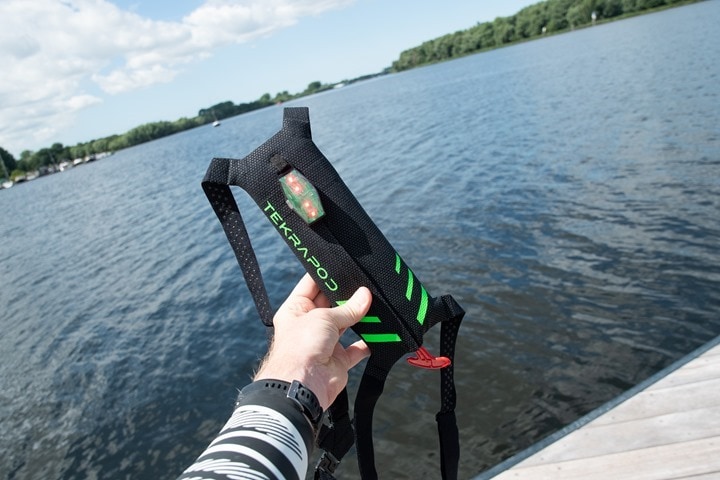
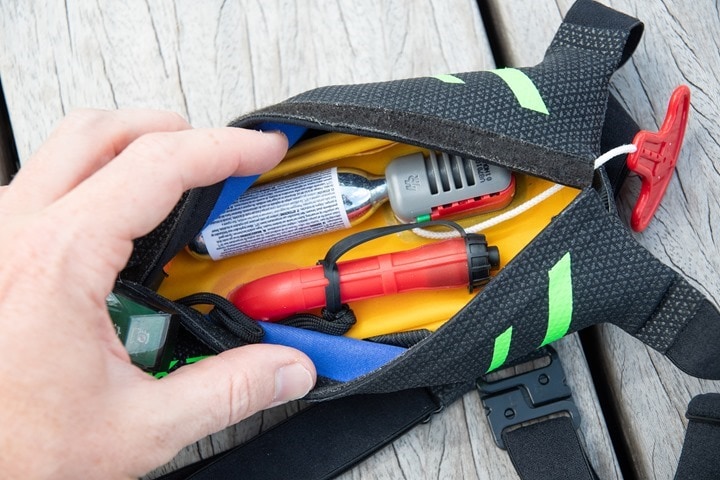
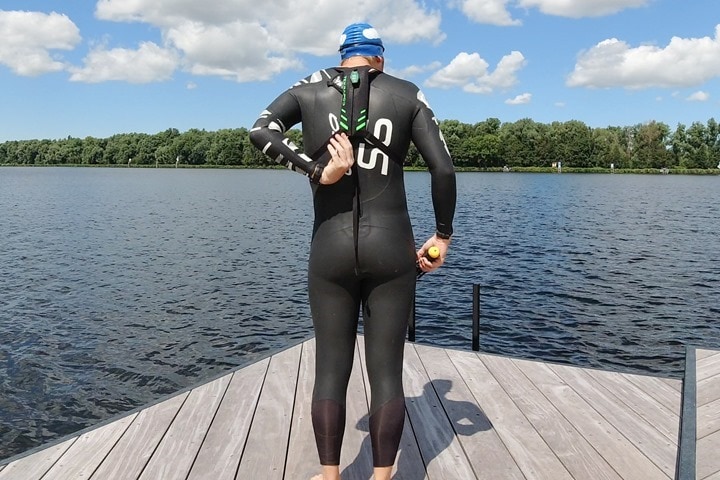
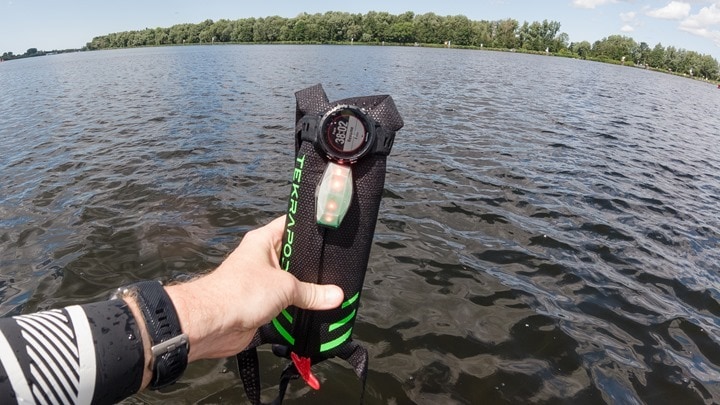

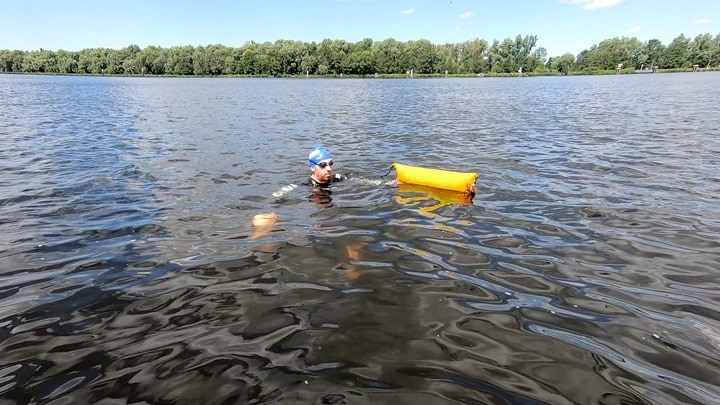
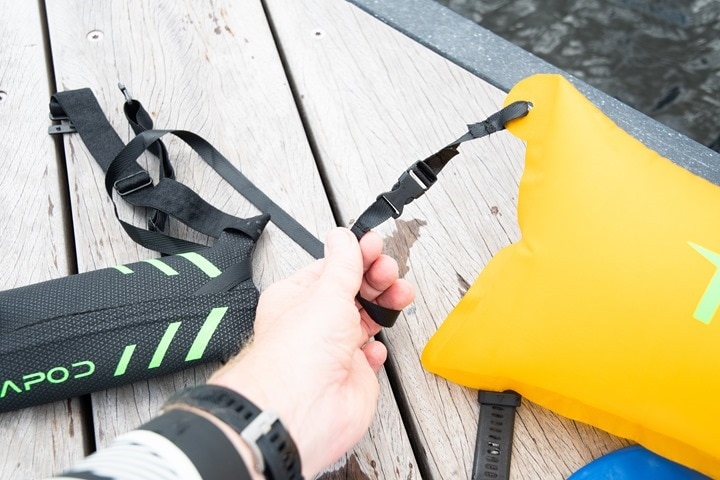
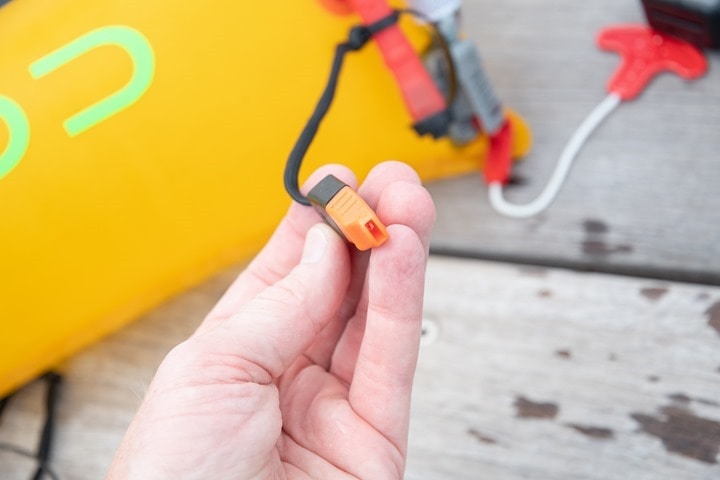
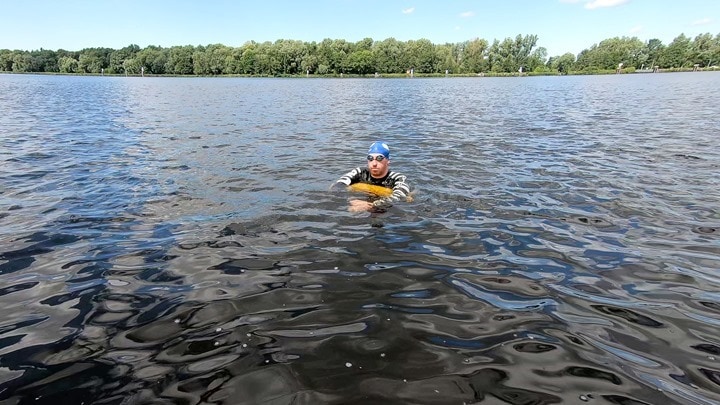
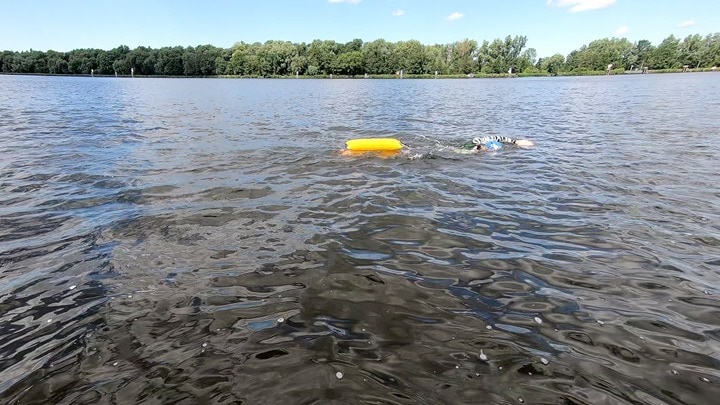
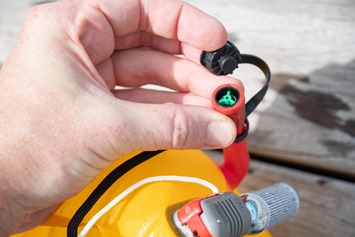
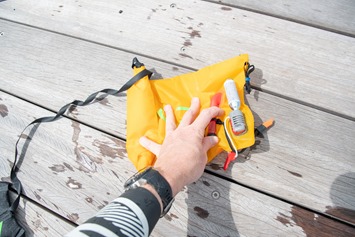
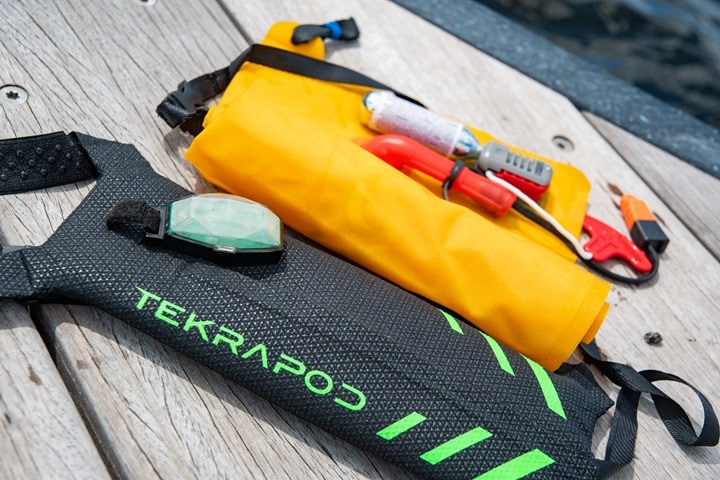
















“All you do is grab the red handle at the bottom and pull it out”
Do you mean…”all you do it remove the expensive GPS watch from around the pack and then pull the handle”? I assume it would easily ping a watch off if you just grab the handle and pull as per the video :)
Nope!
Where I positioned the GPS watch is attached to the upper portion, and there’s no velcro there (above the light, which also isn’t impacted). It’s the lower portion that opens up.
Thanks that’s good to know as I’d imaging a lot of people will do that with a watch :)
How hard is it to pull? My concern would be during a race (I’m assuming this is USAT legal from the description) someone could accidentally pull the handle and then your day is done. Also how quickly can you take it on and off? My T1 times are already bad enough 8D
Good question. It’s firm to pull, but not super hard.
I wouldn’t say that ‘It could never happen’ in terms of a triathlon, but I think it’d be a super-unlucky sort of scenario. On the bright side, you can deflate it quickly, and also disconnect it.
Oh, and for T1, it’s honestly just as easy as taking off your swimcap/goggles.
I mean…my T1 times wouldn’t make anyone think I have an easy time removing those things 8D
That’s interesting about the detachment/deflation bit. I’m not super worried, generally, about my swim but the swim is the most dangerous part of the sport.
I’ve been casually looking for a CO2 life “vest” explicitly because the cartridges are the same as the bike ones. For domestic air travel is the United States, they allow you to travel with CO2 if it is for a life vest.
link to tsa.gov
Yup, in fact I even traveled with it in the cabin of an airplane twice last week. :)
I have been using a swim buoy the past two years identical to your regular one.
With this Tekrapod device can I put stuff inside the yellow part to keep it dry?
No dry storage here. Everything gets wet.
Nitpicking… with value you mean valve, i guess?
Ray – i’m not an open water swimmer but the biggest shock to me is seeing all the plastic cr@p on the beach 9 YEARS AGO
How much worse it it now i shudder to think
There’s a similar product called “Restube” available here in Germany, starting at 50 Euro…
Nice product.
I think some improvements could be made regarding the visibility. If the aim is to be seen then why not make the whole lot out of fluorescent orange or pink? These colors can be seen from a much greater distance than the black and yellow that it is now. And adding some stick-on high reflective tape here and there would substantially improve visibility at night (in case the strobe light malfunctions or dies).
Like mentioned above I would also be a bit worried about other swimmers (intentionalyl or accidentally) activating the device. Moving the red handle to the top side (i.e. in the neck) might be a good idea. It is possibly also easier to reach there.
Neoprene is not buoyancy neutral, it floats! There’s a reason the rubberized tech suits were ultimately banned by FINA for pool swimming, they provided buoyancy. A wetsuit gives a solid 5 to 7 second advantage per 100 meters over swimmers who don’t wear them, because of the added buoyancy.
My thoughts as well, that’s the reason there are limits on the thickness of wetsuits for triathlon (5mm I believe, at least by one regulation in my brief Google-fu). Although as you go up in thickness and gain buoyancy, you do lose suit flexibility (and typically increase compression, making it harder to breath, etc) so realistically it’d be unlikely someone would want a thicker suit much beyond that point anyhow.
I’m wondering if by neutral buoyancy, it’s actually referring to the entire package (the weight of the contents otherwise cancelling out the buoyancy of the neoprene).
In other words, if you push the whole pack 1ft under water for example (not deployed obviously) and it doesn’t float back up, does that then meet the requirements of competition (and the fact that it’s sitting on the back, means realistically, it’s not adding buoyancy since during any decent stroke, that area is not significantly in the water, so it’s actually just adding weight and maybe a tiny bit of flow drag of water skimming the back, to the swimmer (basically pushing them down), until/unless they submerge the pack significantly while swimming (backstroke swimming, could be a concern if it’s not a neutrally buoyant package).
Those questions are beyond my knowledge or expertise, but if it’s already been allowed in sanctioned competition, then one assumes it’s not providing any advantage as designed.
I don’t really understand these products. If you need a buoy for comfort, just drag one. If you need a buoy for comfort in a race, you probably shouldn’t be doing the race. Either way, a buoy is not going to save your life if you have a heart attack, and unlike a dragged buoy, this won’t even mark your body for easy retrieval, since your unlikely to be able to deploy it while you’re having a heart attack.
Now maybe if it had sensors that could detect a heart attack and deploy automatically in a way that lifted your face out of the water.
It’s not all about heart attacks though, it could be anything else that’s requiring a user to alert nearby folks (perhaps a support boat).
Lol
I’m not honestly sure about the LoL. If the assumption is that the only issues people have during swims are cardiac events where all hope is lost anyway, then it sounds like swim/tri events can just save a lot of hassle and not have any support boats/etc on the water at all. If someone needs assistance, shrug. Which is basically what you’re saying.
Hi John Hanley here from Tekrapod, Just to say thanks to DC for doing the review and to all you guys for taking the time to comment. Tekrapod is not trying to compete or replace tow buoys. Tekrapod is an active safety device designed to actively address open water safety situations as they occur. If you find yourself facing a lot of unexpected water traffic, simple activate the internal bladder, it will act just as a tow buoy does (if not better). If you know in advance that there will be a lot of water traffic, I suggest you don’t go there, no safety device will prevent boat strike. If you are swimming with your buddies, activating the internal bladder send a clear signal that there is a problem. The 3ft Long bright yellow bladder can be waved, elevating your presence in the water and leaves on-lookers in no doubt that there is a problem. One incredible statistic that gets over looked is that 25% of all swimming related deaths relate to the person trying to save another from drowning. Tekrapod is the only device that allows you to help another swimmer without endangering yourself. I know which device I want my kids to use when swimming for this reason alone. So Tekrapod, isn’t a passive device, it an active one that is only used as the various situations occur, it doesn’t impede your swimming and can do everything a tow buoy can do and a lot more! But please whatever you decide, use a tow buoy, use a Tekrapod, but use something and always plan your swim, tell someone where you are going, never swim alone and never ever swim where there are lots of fast moving water users, no safety device will truly stop you from being struck. Swim Safely Guys and good luck with whatever you decide to do!! oh p.s. Tekrapod is race legal and Neutrally buoyant, no lift or propulsion… I Promise :)